1. Smart Home Gadgets Everywhere
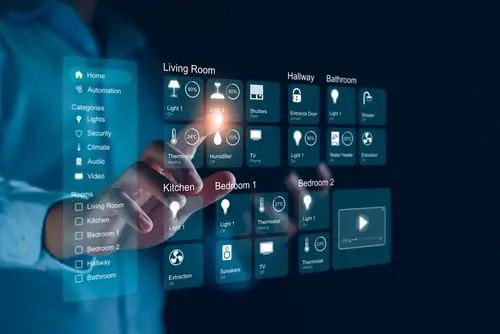
Smart thermostats, lights, and security systems sound like the future. They impress buyers who want tech-forward homes, but the reality is that these gadgets age quickly. Software updates eventually stop, leaving expensive devices obsolete. Replacing or upgrading them isn’t cheap, and compatibility issues make it worse.
There’s also the hidden cost of subscriptions. Many smart devices require ongoing monthly fees to unlock their full features. Security and privacy risks add another layer of concern as technology evolves. What felt cutting-edge at closing can feel outdated just a few years later.
2. Luxury Kitchen Islands
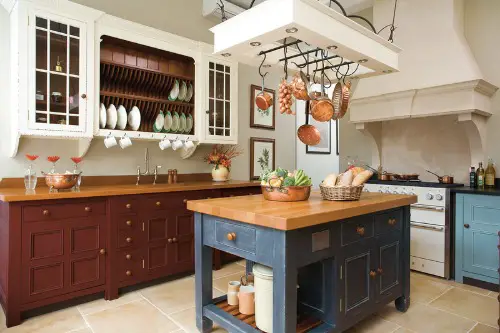
Big, marble-topped islands are a statement piece in listings and home tours. They add counter space and a visual “wow” factor, so buyers tend to equate them with a higher-end lifestyle. The reality is that oversized islands often dominate kitchens and limit functional storage. They can even make kitchens less efficient by disrupting the traditional work triangle.
Maintenance is another hidden issue. Stone surfaces like marble and quartz require sealing and can stain or chip easily. Replacing or repairing them later is costly, especially if styles shift. What starts as a dream feature can quickly become a pricey upkeep headache.
3. Statement Lighting Fixtures

A dramatic chandelier or sculptural pendant instantly makes a room feel updated. But trends change, and what feels chic today can look outdated in just a few years. Replacing custom or oversized fixtures is expensive, especially if they require rewiring or ceiling reinforcement. Buyers often don’t realize how fast this style cycle moves until it’s too late.
These fixtures also aren’t great for resale. A unique piece may appeal to one buyer but turn off others. Plus, cleaning large or intricate lights is more of a hassle than most expect. The more complicated the design, the more likely it will collect dust and wear poorly.
4. Spa-Like Bathrooms
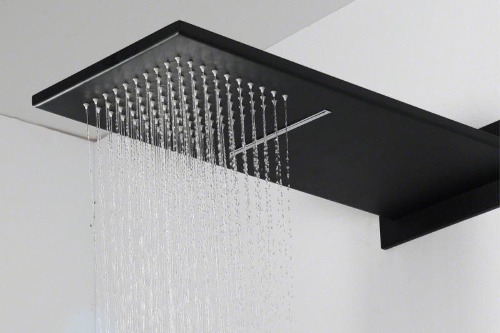
Rainfall showers, oversized tubs, and elaborate tile work make bathrooms feel like resorts. Buyers love the sense of luxury, but installing and maintaining these features is expensive. For instance, large jetted tubs can take forever to fill and spike water bills. Many homeowners end up using them far less than expected.
Complex plumbing and custom tile also create long-term repair issues. Fixtures like rainfall heads use more water, which isn’t energy efficient. Unique tiles can crack or stain, and replacements are harder to find down the line. The result is higher maintenance costs for something that often becomes a rarely used indulgence.
5. Open Concept Everything

Open floor plans look modern and make homes feel larger, which is why so many buyers fall for them. But knocking down walls means you lose natural sound barriers, and noise carries everywhere. Cooking smells travel just as easily, which can be a problem if you’re trying to keep entertaining spaces fresh. Over time, many families realize the lack of privacy and separation is more frustrating than freeing.
Heating and cooling open layouts can also be expensive. Large connected spaces make it harder to regulate temperature efficiently. HVAC systems end up working overtime, raising utility bills and shortening system lifespan. What feels airy at first can quickly become a money drain.
6. Barn Doors
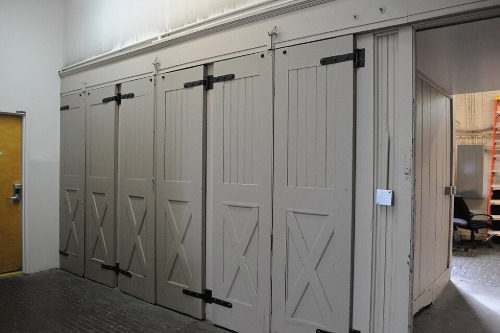
Sliding barn doors give homes a rustic, trendy vibe. They save space compared to traditional swing doors and often get featured as design highlights in listings. But they don’t seal tightly, which means less privacy and more noise transfer between rooms. For bathrooms and bedrooms, that’s not ideal.
They also aren’t as durable as people expect. Tracks and rollers wear out with frequent use, and the doors themselves can warp over time. Replacing them often costs more than just installing a regular door. Once the farmhouse style fades, buyers may find themselves stuck with an impractical relic.
7. Rooftop Decks
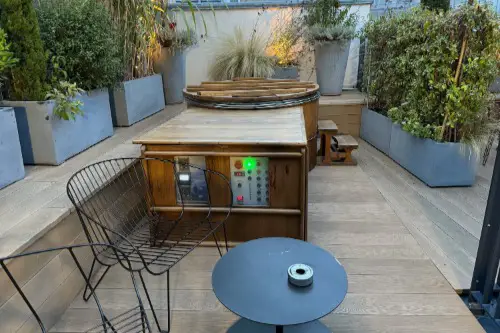
A rooftop deck sounds like a dream spot for entertaining. The views and open-air vibe are attractive, especially in urban areas. But the upkeep is intense: weather exposure causes materials to deteriorate faster. Waterproofing failures can lead to costly roof leaks.
Insurance can also go up with this feature. Structural reinforcement is often needed, and repairs aren’t as straightforward as ground-level patios. In some climates, decks are usable for only a few months of the year. That makes the return on investment less appealing long-term.
8. High-End Appliances
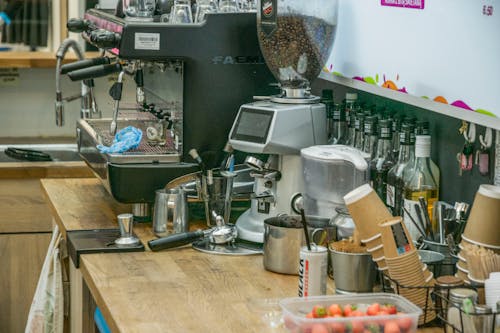
Buyers get excited about chef-grade stoves, built-in espresso machines, or oversized fridges. These appliances make a home feel upscale, but they’re costly to maintain and repair. Replacement parts for luxury brands can take weeks and cost hundreds. Sometimes it’s more expensive to fix one than to buy a new standard appliance.
Energy consumption is another factor. Bigger refrigerators and pro-style ranges use more electricity or gas. They also may not fit seamlessly in future remodels, making resale tricky. What starts as a perk often becomes a costly burden.
9. Glass Walls and Massive Windows
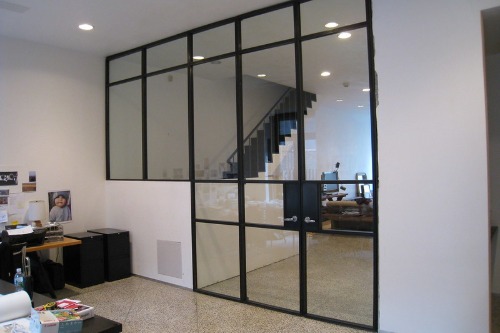
Floor-to-ceiling glass walls look sleek and bring in lots of natural light. They create the illusion of luxury and openness, which is a big draw for buyers. But they’re also expensive to insulate and can skyrocket heating and cooling bills. Glare and fading furniture from sun exposure are real problems too.
Window cleaning is another hidden cost. Large glass panes require professional cleaning, often multiple times a year. Replacement is much pricier than standard windows, especially for custom sizes. Over time, the shine wears off—literally and figuratively.
10. Wine Cellars
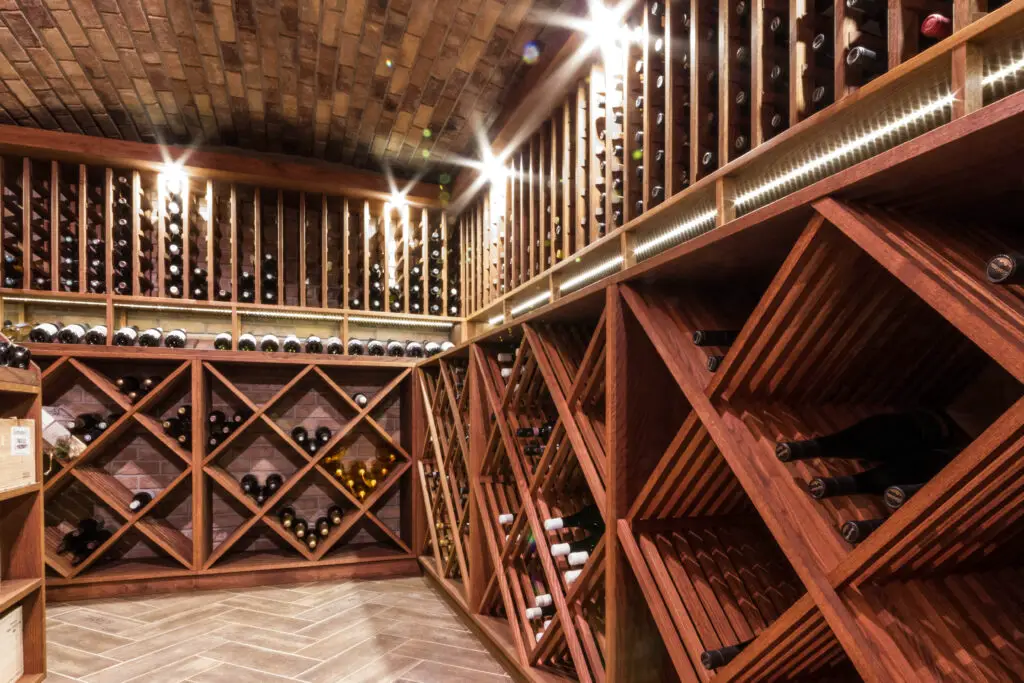
A dedicated wine cellar is seen as a luxury status symbol. It appeals to enthusiasts and adds an air of sophistication during home tours. But most homeowners don’t actually use them often, unless they’re serious collectors. That means valuable square footage is wasted on a rarely used room.
They’re also energy-hungry to maintain. Proper cooling and humidity systems require ongoing costs, and repairs aren’t cheap. If systems fail, stored wine can spoil quickly. For many, the space would be more practical as a home office or gym.
11. Outdoor Kitchens
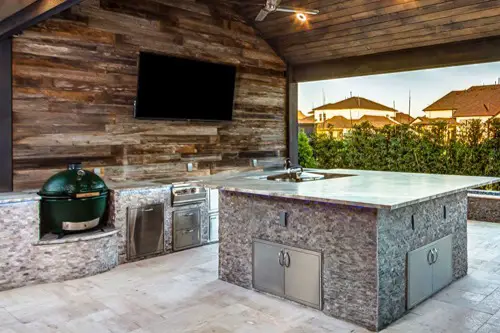
Grills, pizza ovens, and built-in bars make outdoor spaces feel like a resort. They look great in listings and impress guests. But weather exposure shortens the lifespan of appliances, cabinetry, and counters. Rust, mold, and cracking are all common long-term issues.
Maintenance adds up quickly. Covers, cleaning, and seasonal care take more time than most expect. In colder climates, outdoor kitchens may sit unused for much of the year. That makes them less practical and more expensive over time.
12. Trendy Flooring Choices
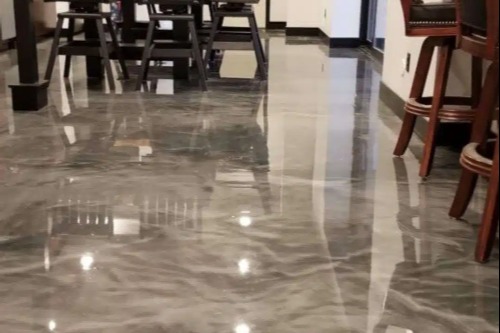
Buyers are drawn to bold floors like polished concrete, glossy epoxy, or ultra-wide planks. They make a dramatic impression when staged, which is why they’ve become so popular. But these surfaces are prone to scratching, staining, or cracking depending on the material. Replacing them is far more expensive than updating traditional hardwood or tile.
Design-wise, bold flooring locks a home into a particular style. What looks cutting-edge now can feel dated within a decade. Refinishing or replacing trendy flooring is often difficult and labor-intensive. Long-term, it’s better to stick with classic, durable materials.
This post 12 Property Features Buyers Think Are “Trendy” but Actually Cost Them Long Term was first published on Greenhouse Black.
